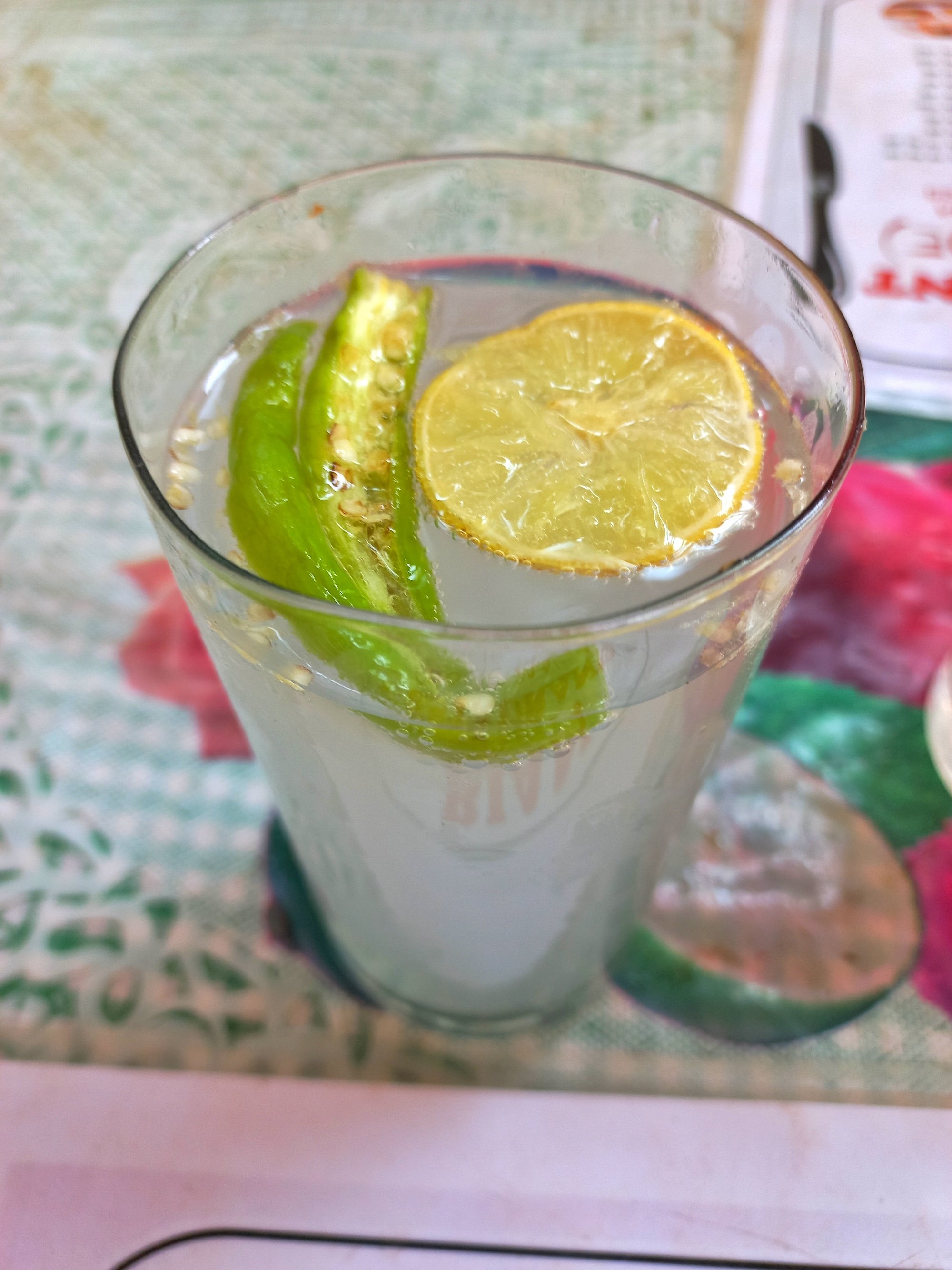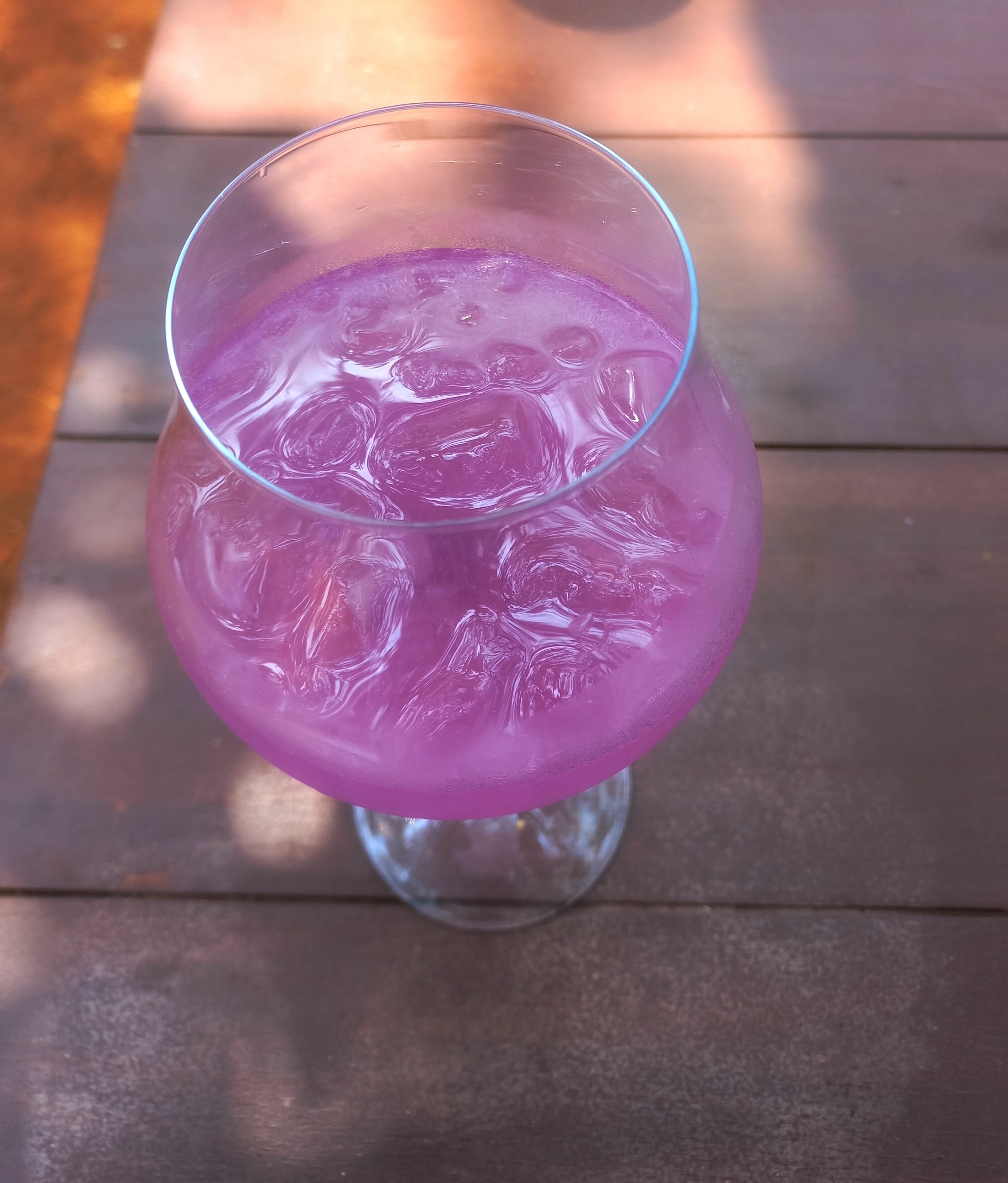Why Urrak Comes First then Feni
The Floating Feni Experience by Cazulo Premium Feni photo credit Tania Banerjee
It is a hot April afternoon in Goa. I sit in a clearing in a cashew grove. The soothing breeze gently grazes the cashew branches—ripe fruits fall on the ground. I am here for a feni tasting and pairing tour (feni is a Goan spirit made from either coconuts or cashews). My host hands me a glass and says, “Let this urrak refresh you first, then we will get into feni.”
On the first sip, I detect fruity notes. The sweet smell of cashew drifts in my nose. Urraca (pronounced urrak) is the first distill of fermented cashew juice. It is a light and flavorful alcoholic beverage available during March-May in Goa. It is also a very integral ingredient that goes into manufacturing of cashew feni—the double distilled beverage made from fermented cashew in Goa.
Farmers collect the ripe cashew apples that fall naturally. They then ferment the slow pressed juice of these cashew apples in pots. Once fermentation is over, they distil the cashew wine. The beverage that results from the first distill is urrak. This urrak is again distilled to produce cashew feni. Feni is sold in branded bottles across Goa but urrak is elusive. You can get the seasonal beverage only in local Goan distilleries, bars, and taverns on request.
History of Feni and urrak
Woman selling Urak" by joegoauk73 is licensed under CC BY-SA 2.0.
When the Portuguese arrived in Goa in the early 1500s they introduced cashew plants here. It was originally planted on the hill slopes to prevent soil erosion. Raw cashew apples are toxic in nature so the Europeans threw them away. The local population of Goa used their indigenous knowledge of alcohol making on these wasted cashew apples to produce cashew feni. It is now a GI (Geographical Indication) tagged product of Goa. The GI tag is an acknowledgement by the Government of India for the intellectual property attached to a particular geographical region.
The story of feni however is incomplete without urrak.
The origin of urrak is hard to ascertain. “You need to learn Portuguese, Marathi, Latin, Italian, Dutch and even Malayalam to piece out the history of Goa,” said Hansel Vaz, the owner of Cazulo Premium Feni and an expert on everything feni and urrak. He says that the word urrak was derived from a Dutch phrase that meant ‘golden water’. So, the word was a description of a distillate, not a qualifier as it is used today.
How to enjoy urrak
Urrak with limca, lemon and green chili photo credit Tania Banerjee
For Goans like Vaz, urrak is to be enjoyed during the carnivals in hot summer months. Since there was no beer in Goan culture, urrak had been the go-to lighter spirit. It was never meant to be sold commercially. Till a few years back, the sale of urrak just indicated that either the distiller needed quick money, or the production was so high that storage was overflowing.
At the famous Joseph’s Bar in Panjim, a tavern running from the 60s, urrak is served in its traditional form—with lemon, slit green chili, salt, a sprinkle of sugar, and plenty of ice. It is mixed with Limca or soda for a sublime taste. Atish Antonio Fernandes, the operator of Joseph’s Bar, says, “For first-time feni and urrak drinkers, we recommend trying our in-house cocktail called Tamde Rosa.” It is a beverage that features the extract of unsweetened kokum fruit.
The beauty of urrak lies in the eyes of the beholder. “Urrak is a rough distillation, where we are trying to remove as much alcohol and as much flavor from the cashew wine,” says Vaz. This can result in too much flavor or too little flavor. There is no defined standard of this distillation process. Ideally, bars should allow patrons to taste their in-house urrak before the patrons would decide whether to buy it or not.
Sustainable urrak consumption
Peaflower infused urrak photo credit Tania Banerjee
Urrak doesn’t have a long shelf life and it is not travel-friendly. Packaging is very complicated. So it is best consumed fresh. “Urrak is fun and frivolous, it is not a serious drink. It just comes for one month and then it is over,” says Vaz. According to him, a lopsided demand for urrak would distract distillers from making high quality feni. The good quality urrak that should go into feni production would be consumed. It would threaten to kill the feni industry.
“Urrak should have 15-16% alcohol content but nowadays I see bars selling urrak with 25-35% alcohol content,” notes Vaz. Urrak has become a buzzword. People want to drink urrak but they have no knowledge about it. The over-tourism in Goa is catalyzing this unsustainable demand. Vaz even complains about bartenders making strong cocktails with urrak and killing the cashew flavor altogether.
If you get tipsy just after a peg or two, you know your urrak is just a tourist cocktail. The key is in enjoying urrak responsibly and sustainably.




